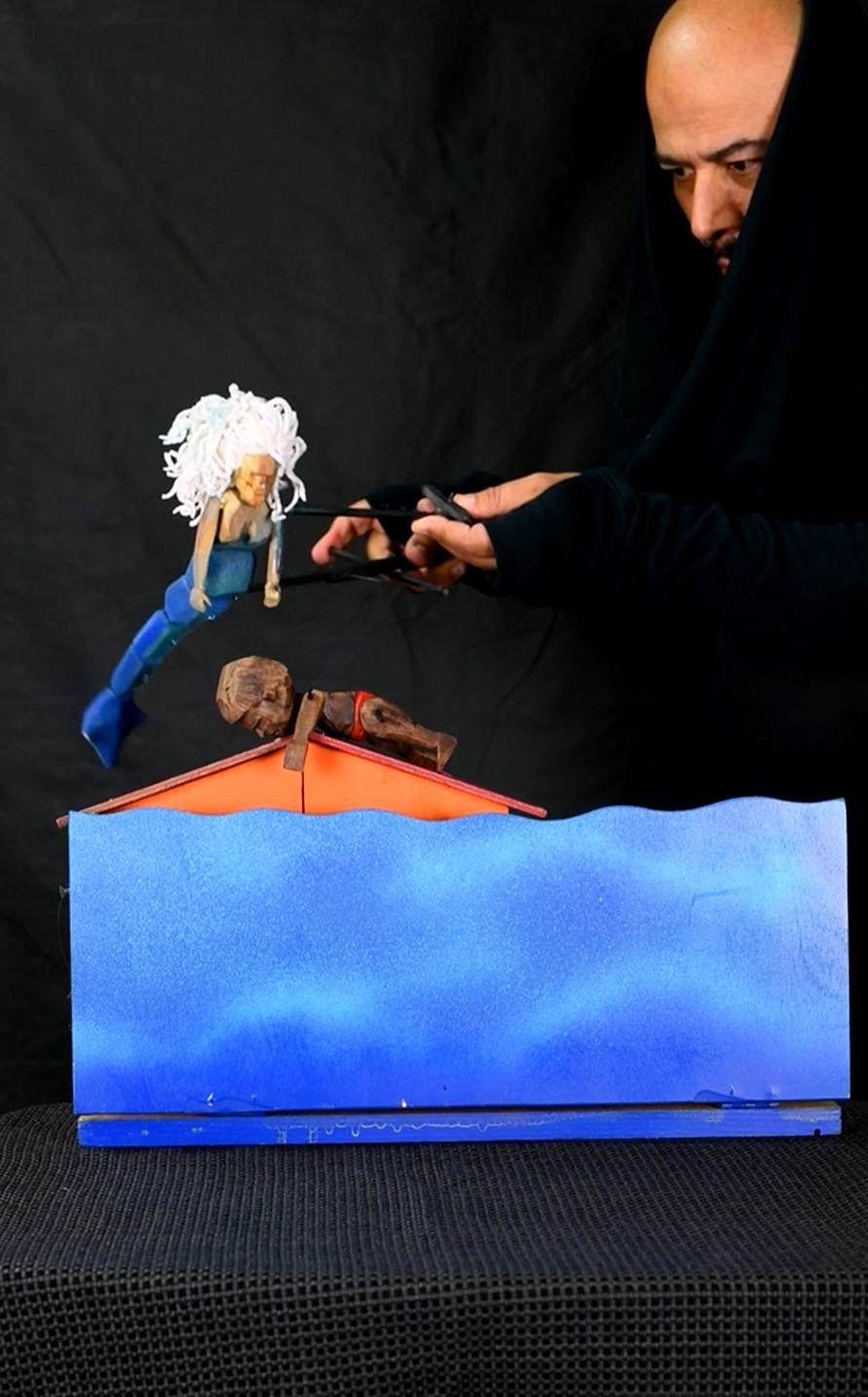
Photographs by Mike Belleme (via The New York Times)
Helene has been regarded as the deadliest inland hurricane in modern U.S. history. It was impossible to foresee the magnitude of the disaster as it moved toward eastern Tennessee and western North Carolina. It was there, in the latter, that the greatest number of deaths occurred—over a hundred. Material damage is incalculable. Recovery has been slow, fueling political debates. Yet even if it had been swift and efficient, the loss of human lives is irreparable. Like everything that has borne, let us say, a proper name. In the face of such fatality, everything else falls briefly silent.
Survivors later come to realize they have lost objects whose worth has little to do with material value. Photographs, furniture, dishes… belongings that carried more laughter and tears than dust, brimming with meaning. Fragile physical evidence that once held the memories of an even more delicate spiritual world.
Cultural losses follow the same fate. Books can be reprinted, but the loss of works of art is particularly painful because, even if their images remain, almost all their value resides in their permanence.
In Asheville, North Carolina, the River Arts District (RAD), stretched along the French Broad River just minutes from downtown, was devastated. An industrial neighborhood turned artistic community, its warehouses and factories had slowly become studios, galleries, workshops. Being so close to the river, it suffered severe flooding and the loss of countless works of art, materials, and spaces of exhibition. It became one of the most visible symbols of cultural devastation in Asheville after the storm.
A year later, only a fraction of the promised aid has arrived. Towns still smell of wet earth and ruin. But the local response was to find meaning in physical work. Clearing debris to rebuild. In this corner, where creativity has always been inseparable from the land, art became refuge and common language.

Mr. Carr, 36, of Marshall, N.C., eventually learned what had happened. The friend’s house had collapsed in a landslide. He had suffered head trauma, broken ribs and a punctured lung. But he was alive. Photographs by Mike Belleme (via The New York Times)
Artists of every genre found strength in pain.
In Marshall, Douglas Carr listened to the story of a friend who survived a landslide. The mudslide nearly swallowed him whole. Carr, who sings under the name Soft Talk, turned his anguish into music. His song speaks of loss, of mountains that could not hold back the rain, of grief pushed down with drink but never erased. A song as balm, as interpreter of the raw and indifferent power of nature.

When the girl later recounted this story to a mutual aid organization, Beloved Asheville, the group said she told it this way: Don’t worry. Now Mommy is a mermaid. Photographs by Mike Belleme (via The New York Times)
There is also the story of a child who lives because her mother managed to place her on a roof before being carried away by the flood. To the girl, her mother is a mermaid, as she is also to puppeteer Edwin Salas. From that tragic tale, he created a show where a mermaid saves a child and rocks him to sleep under the stars. He made it for all the children who lost their parents, for those who will never see puppets again. He also made it for himself, after losing his workshop to the waters.

Mr. Bower, 51, is only now in the editing process, because he has had to move four times since the storm forced him into temporary housing. Photographs by Mike Belleme (via The New York Times)
Chris Bower found his house split in two by a fallen tree and thought of a science fiction novel. Among gutted buildings and cars crumpled like cans, he wrote a script that he filmed amid the wreckage. His film speaks of distrust and cooperation, of how to survive disaster. Political views did not matter, only mutual aid. Since that day, Bower has had to move four times.
Western North Carolina endures with songs that try to close wounds, with puppets that turn loss into myth, with films that imagine a possible future among ruins. I also have a friend there, a magnificent artist, Rigoberto Mena, who knows, as do the other local creators, of art as refuge, as memory. Of art as a way not to surrender.

My friend, Rigoberto Mena, who has lived and worked in North Carolina for only a short time, knows this truth as deeply as those born here: art as refuge, art as memory, art as the stubborn refusal to surrender. Artista's Instagram.







Comments powered by Talkyard.